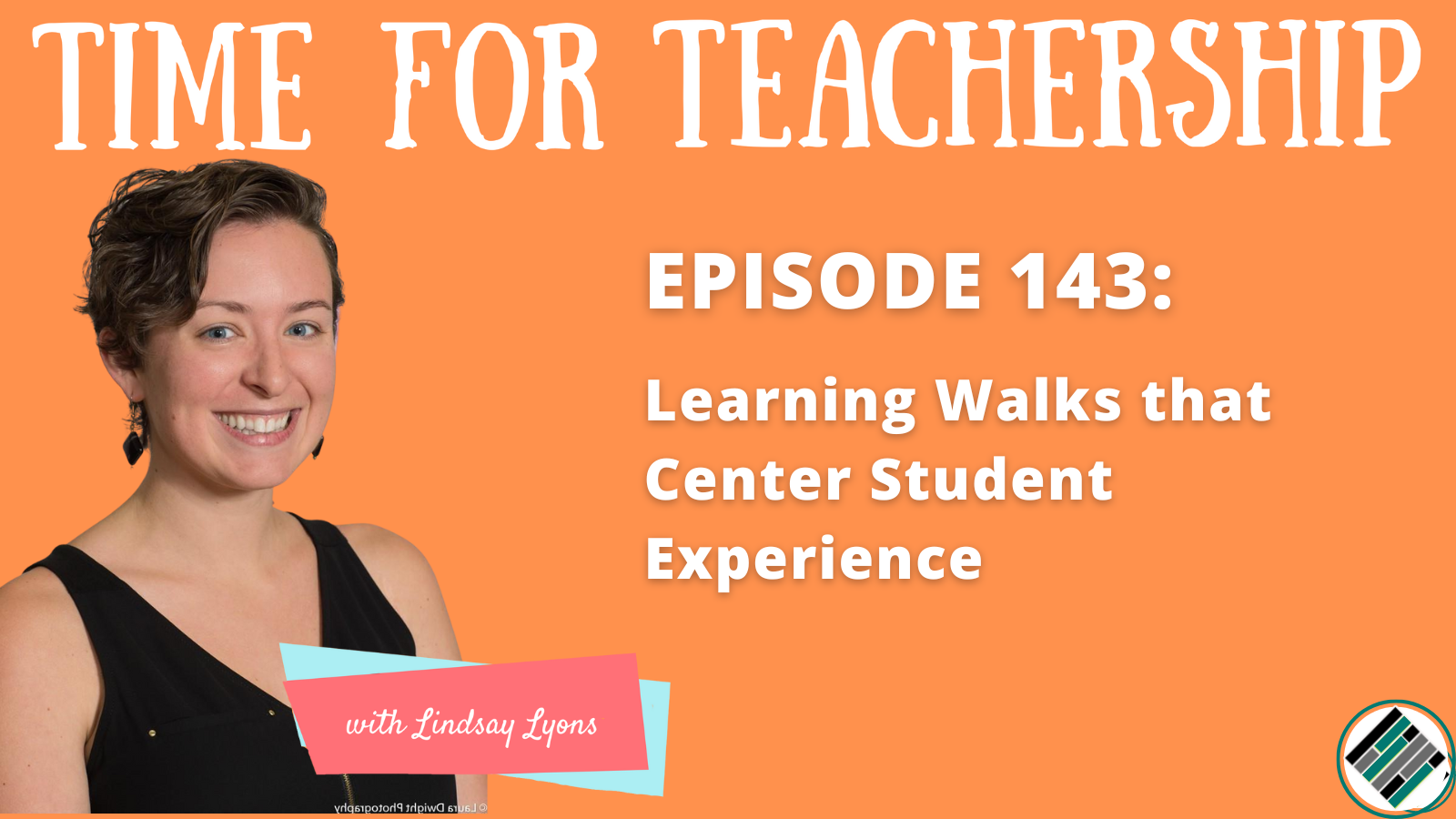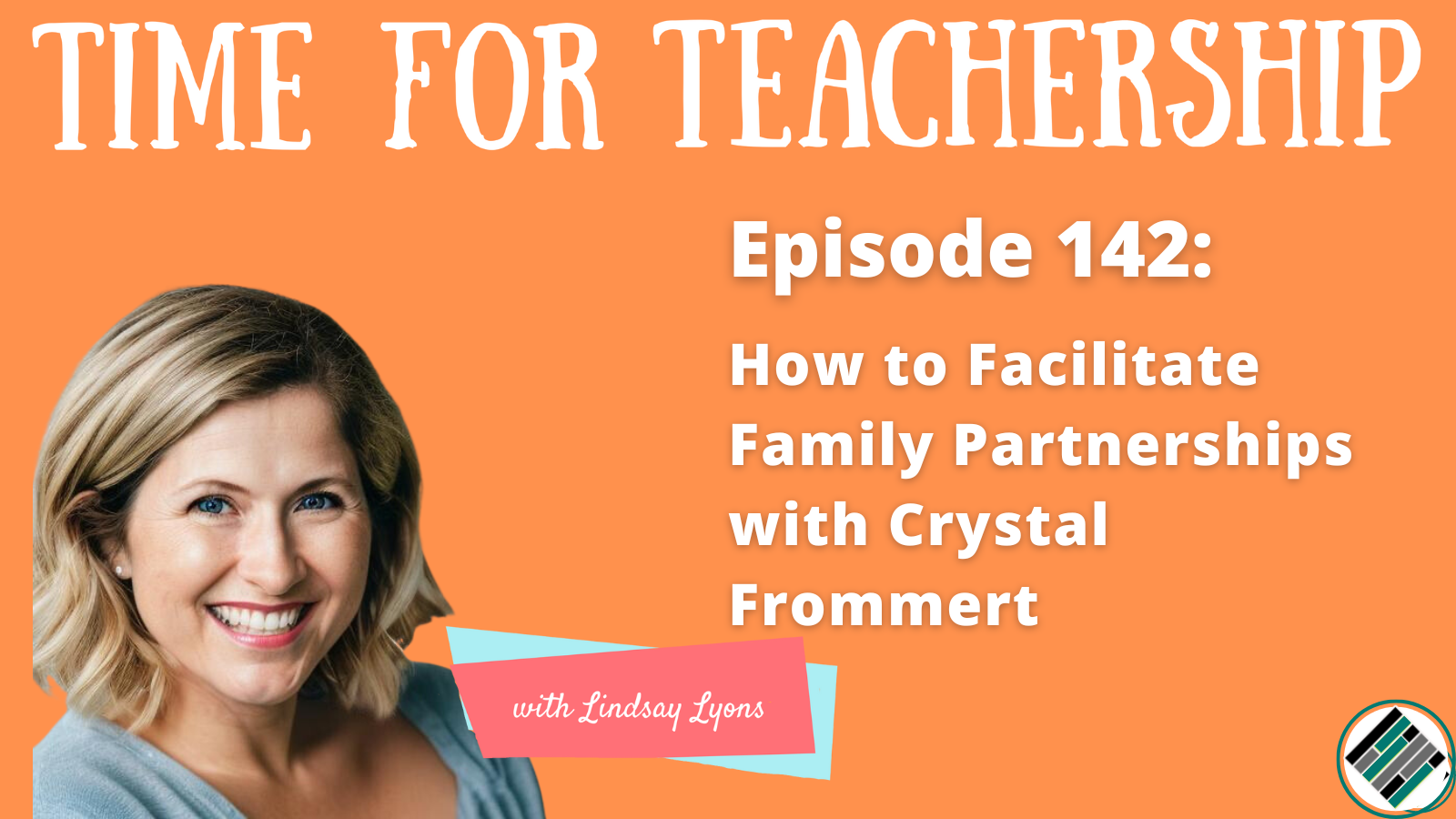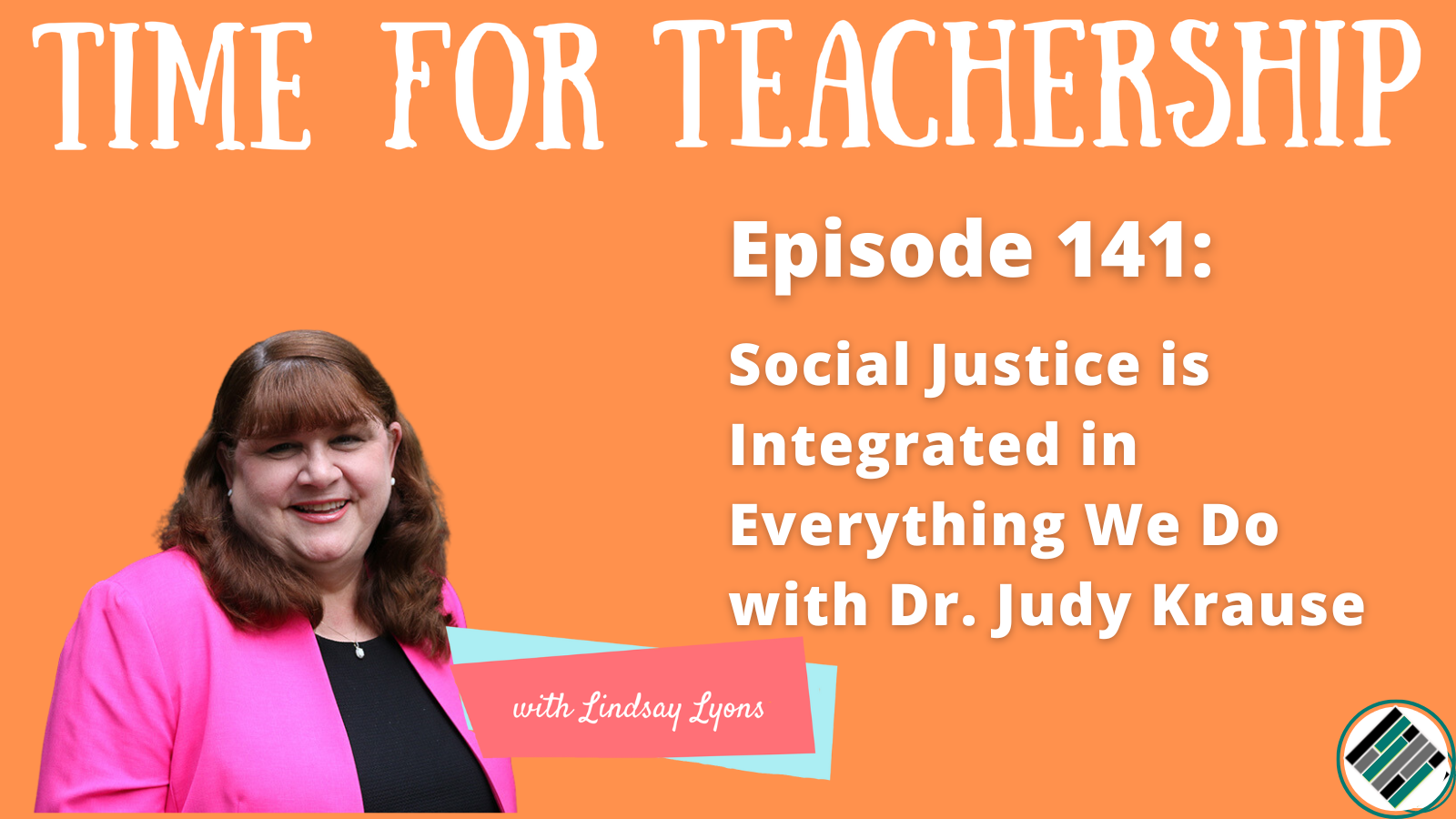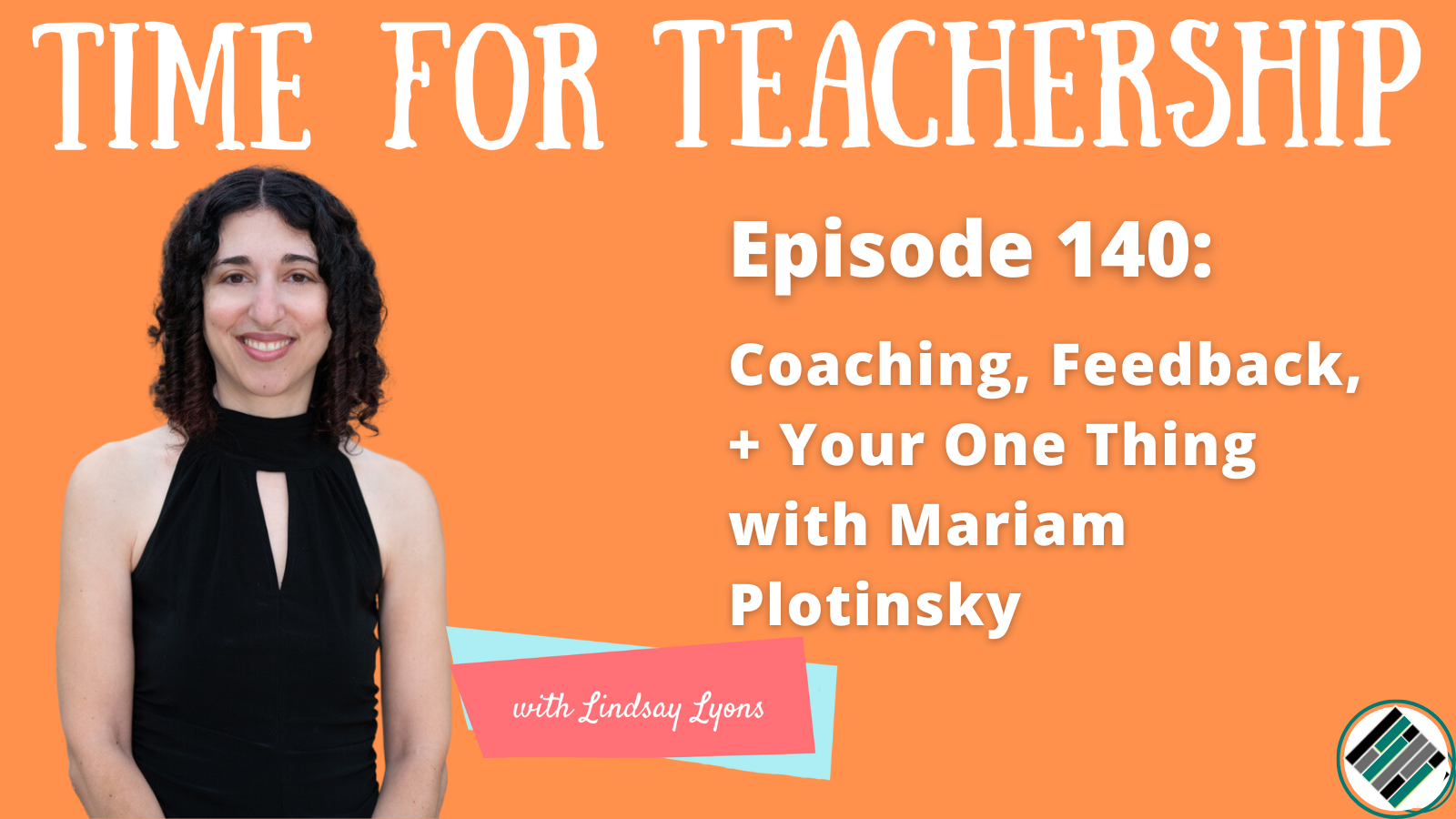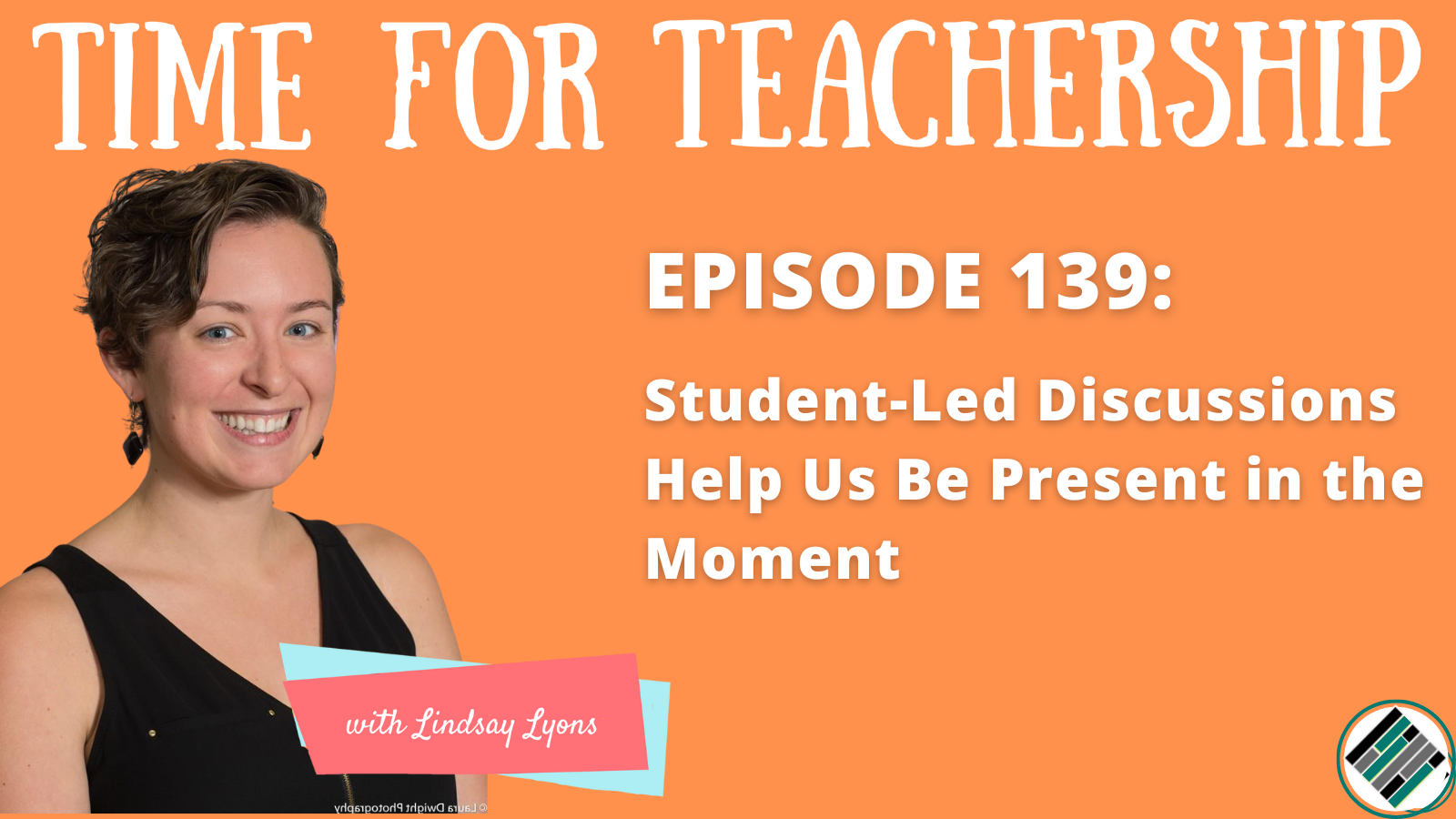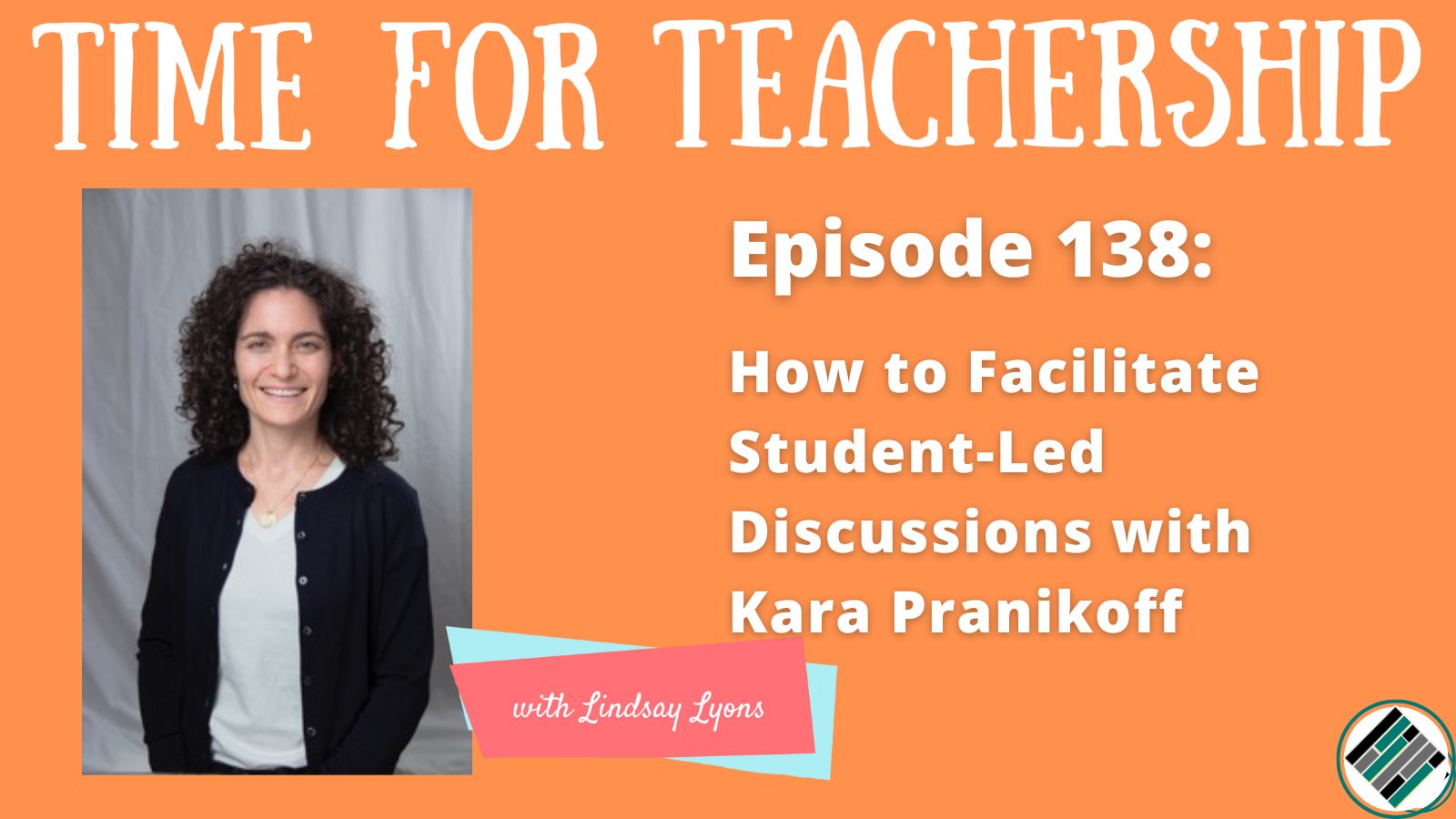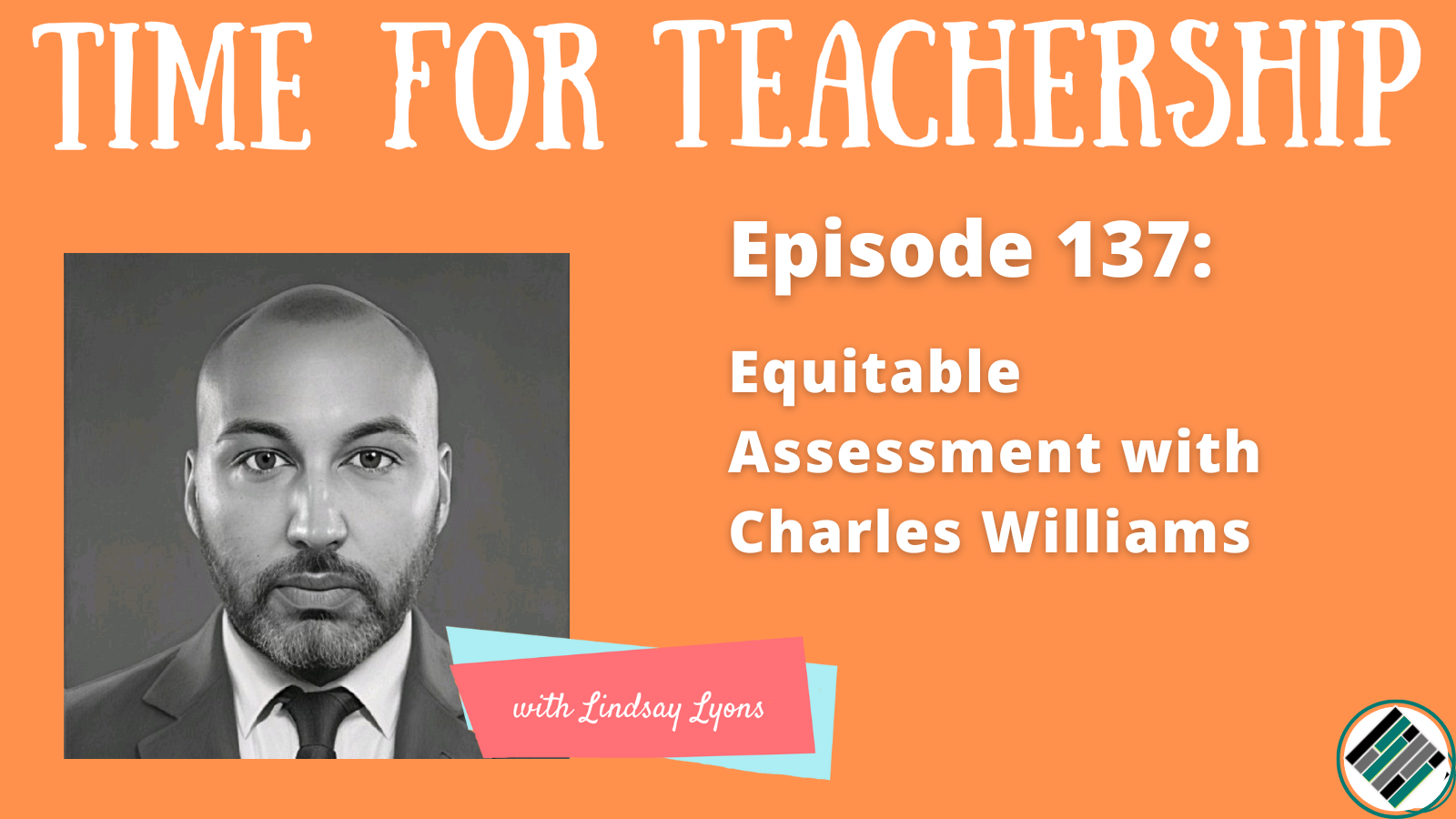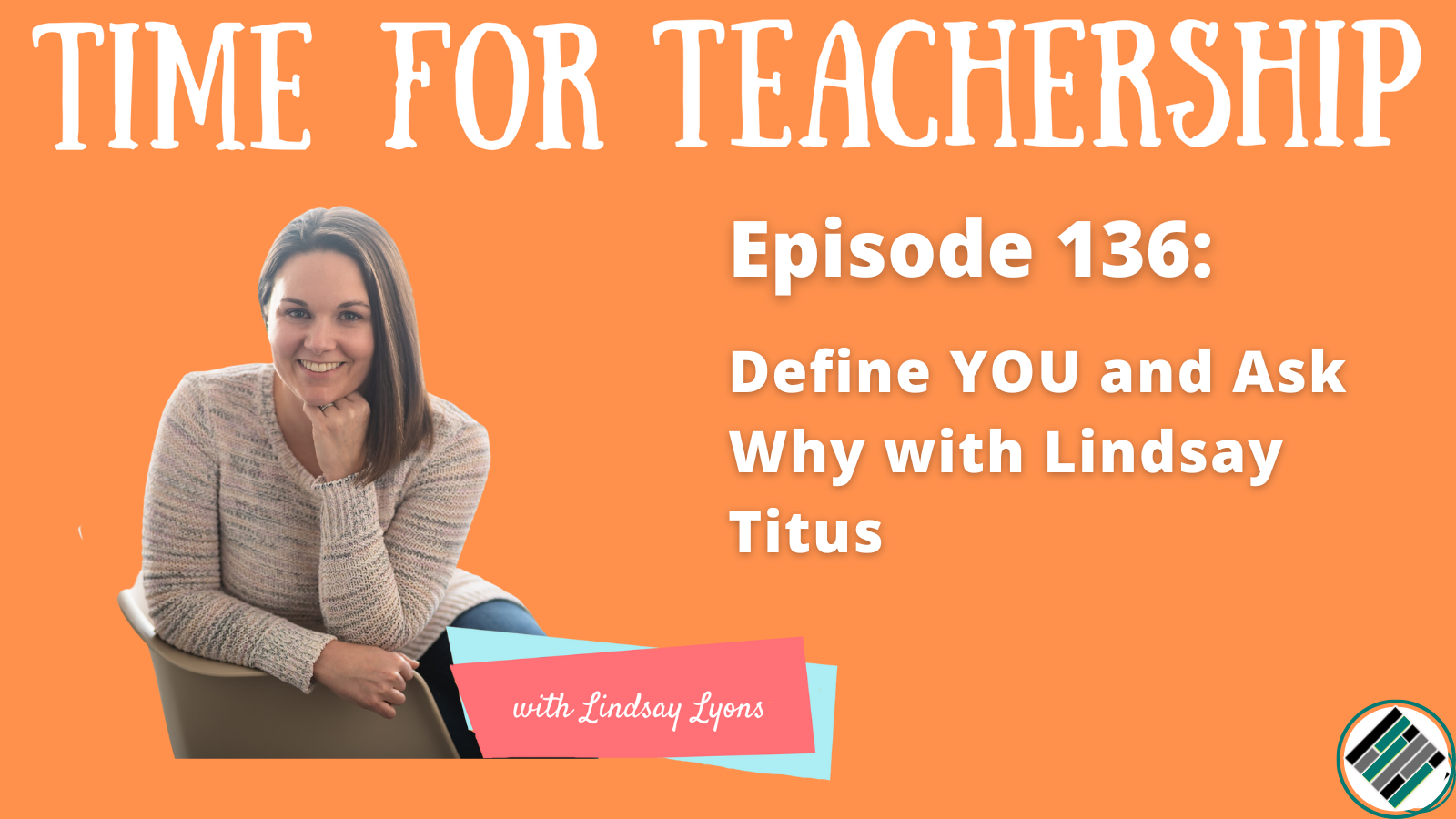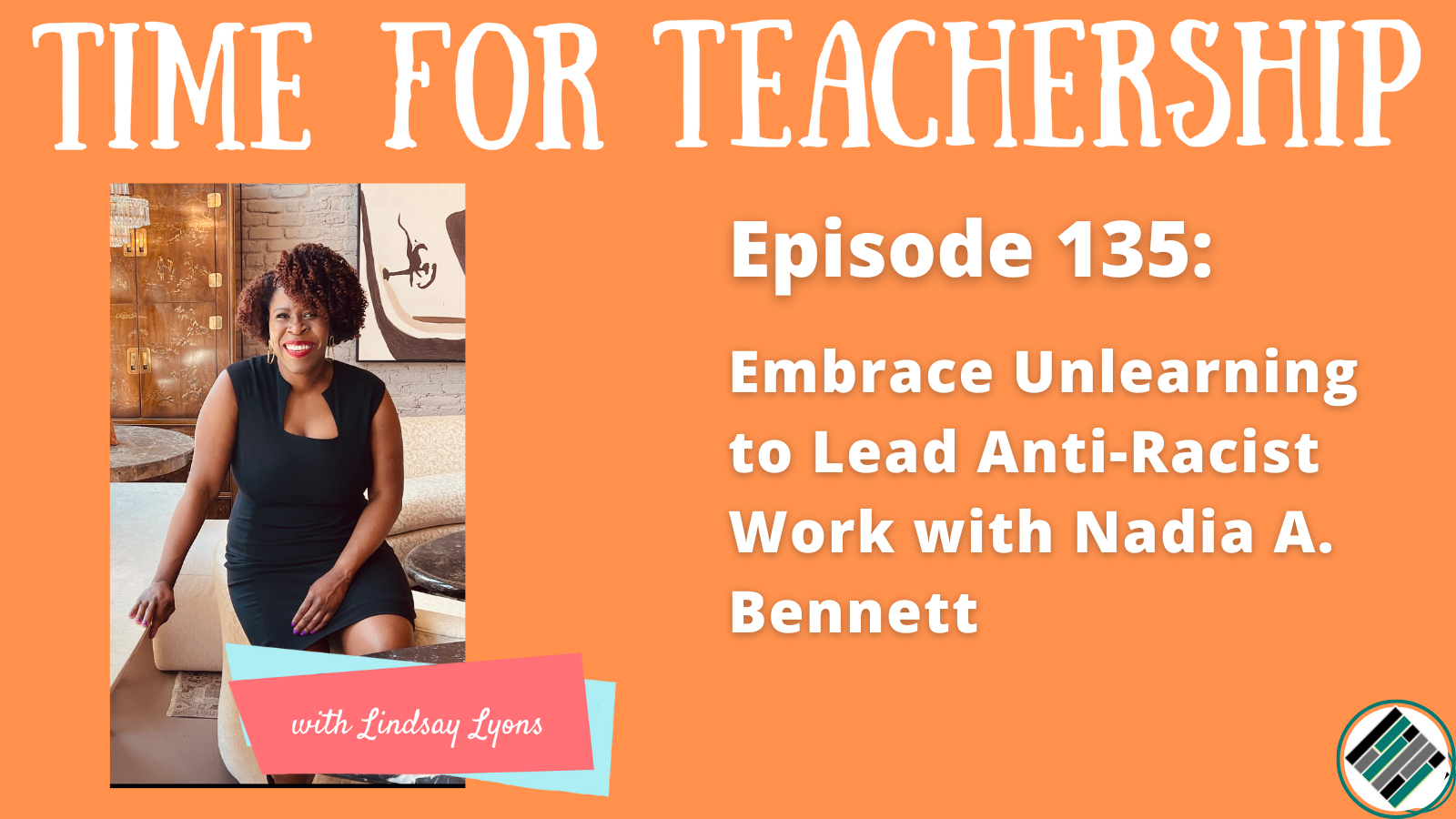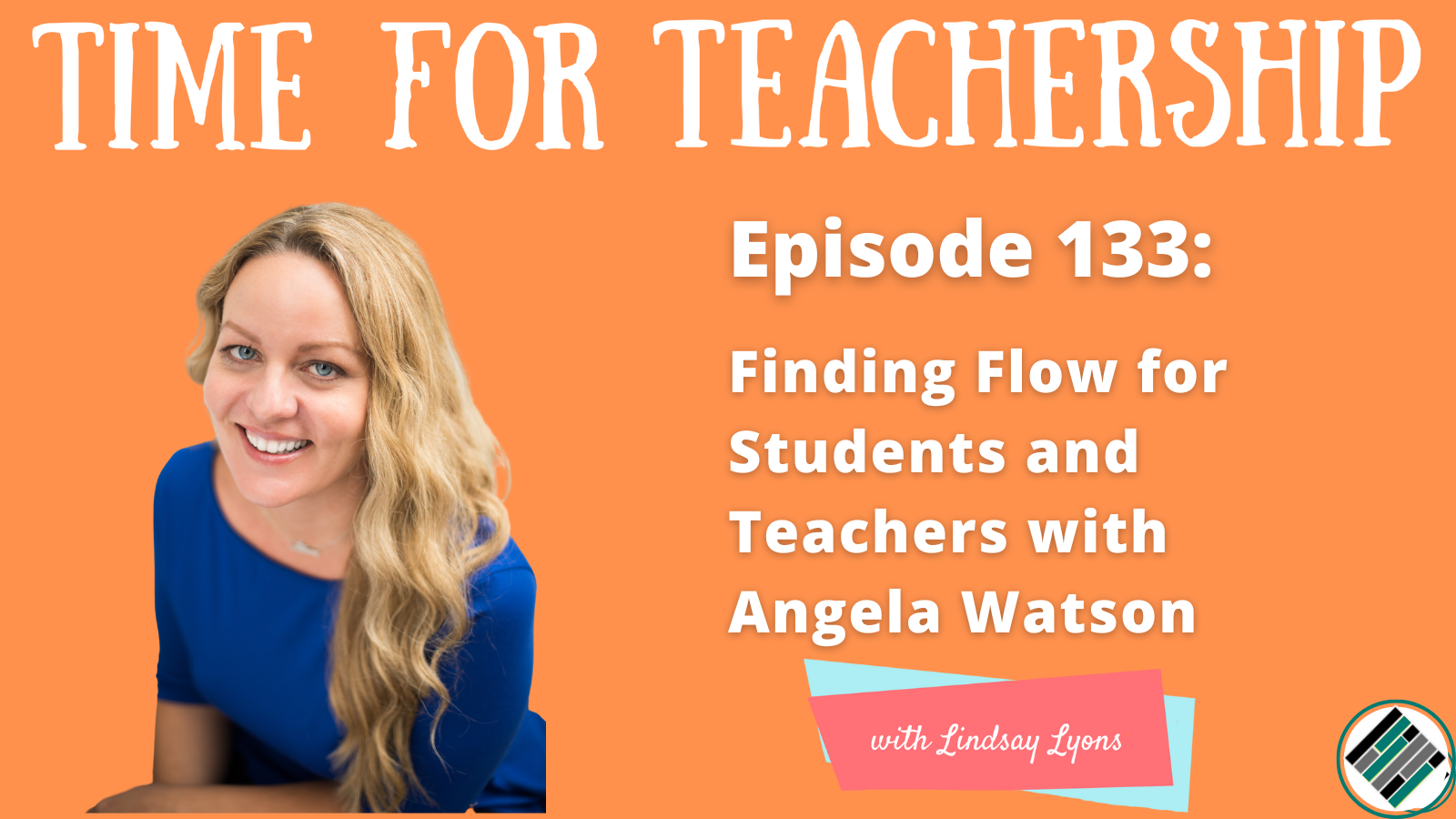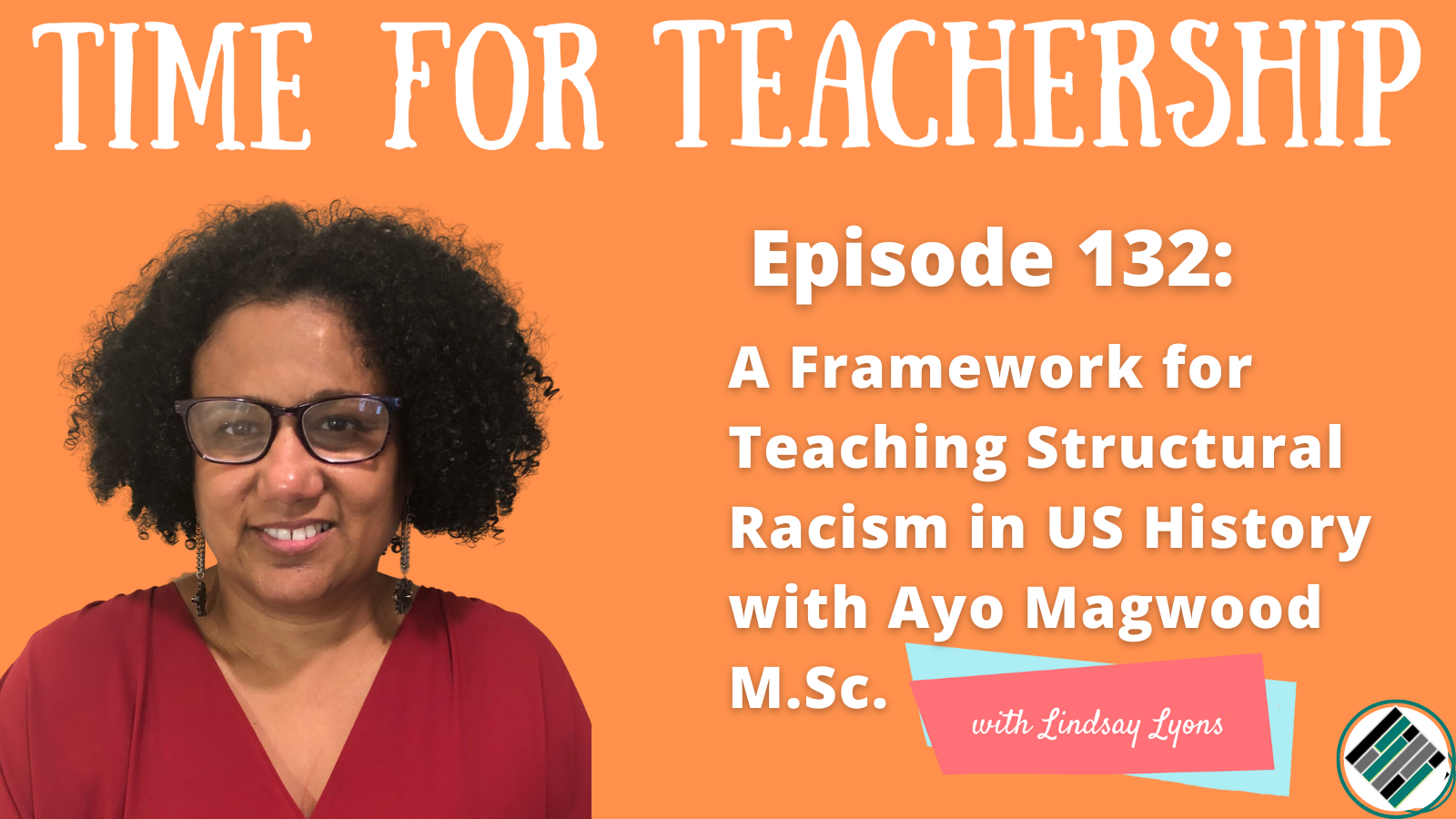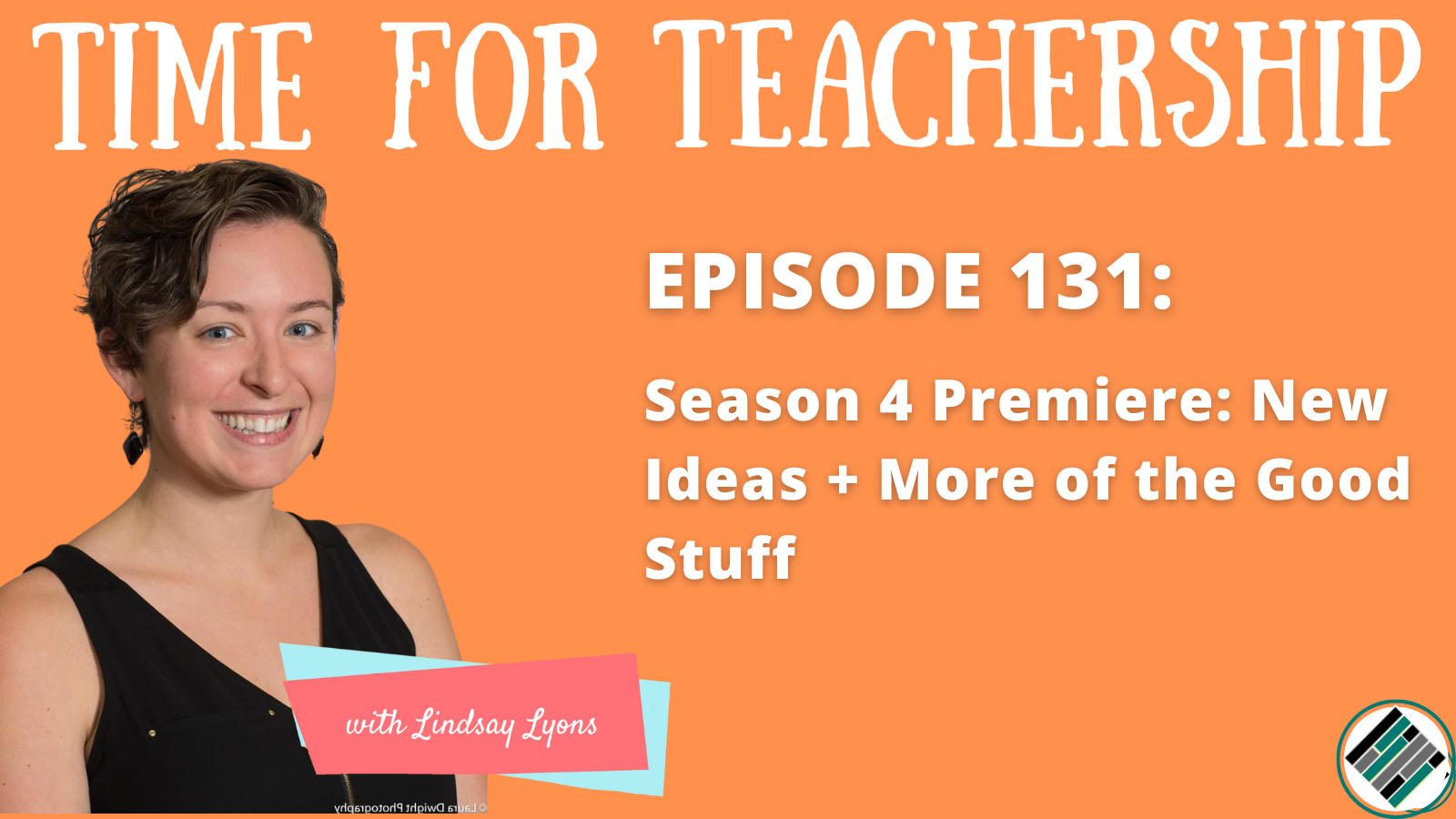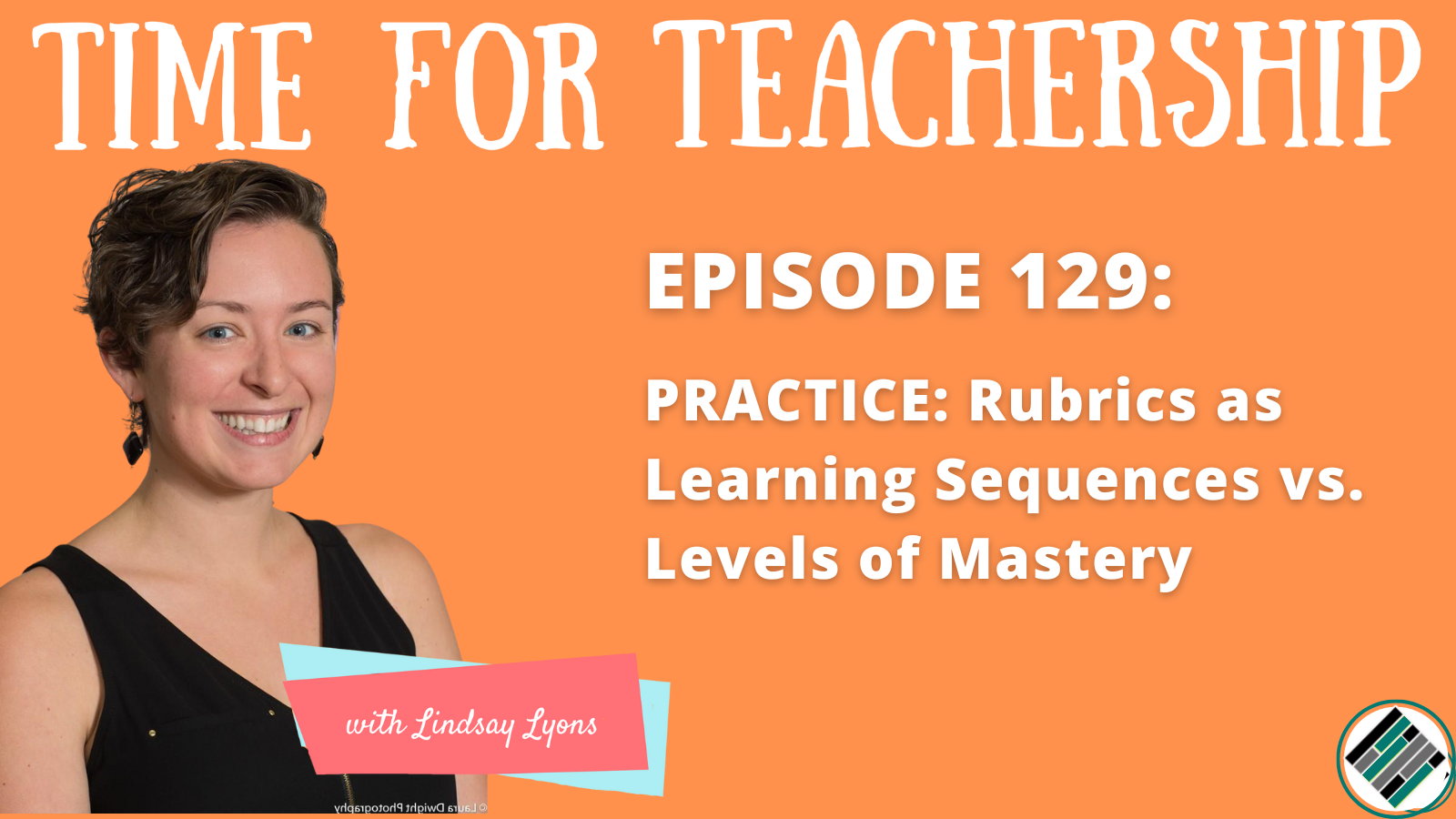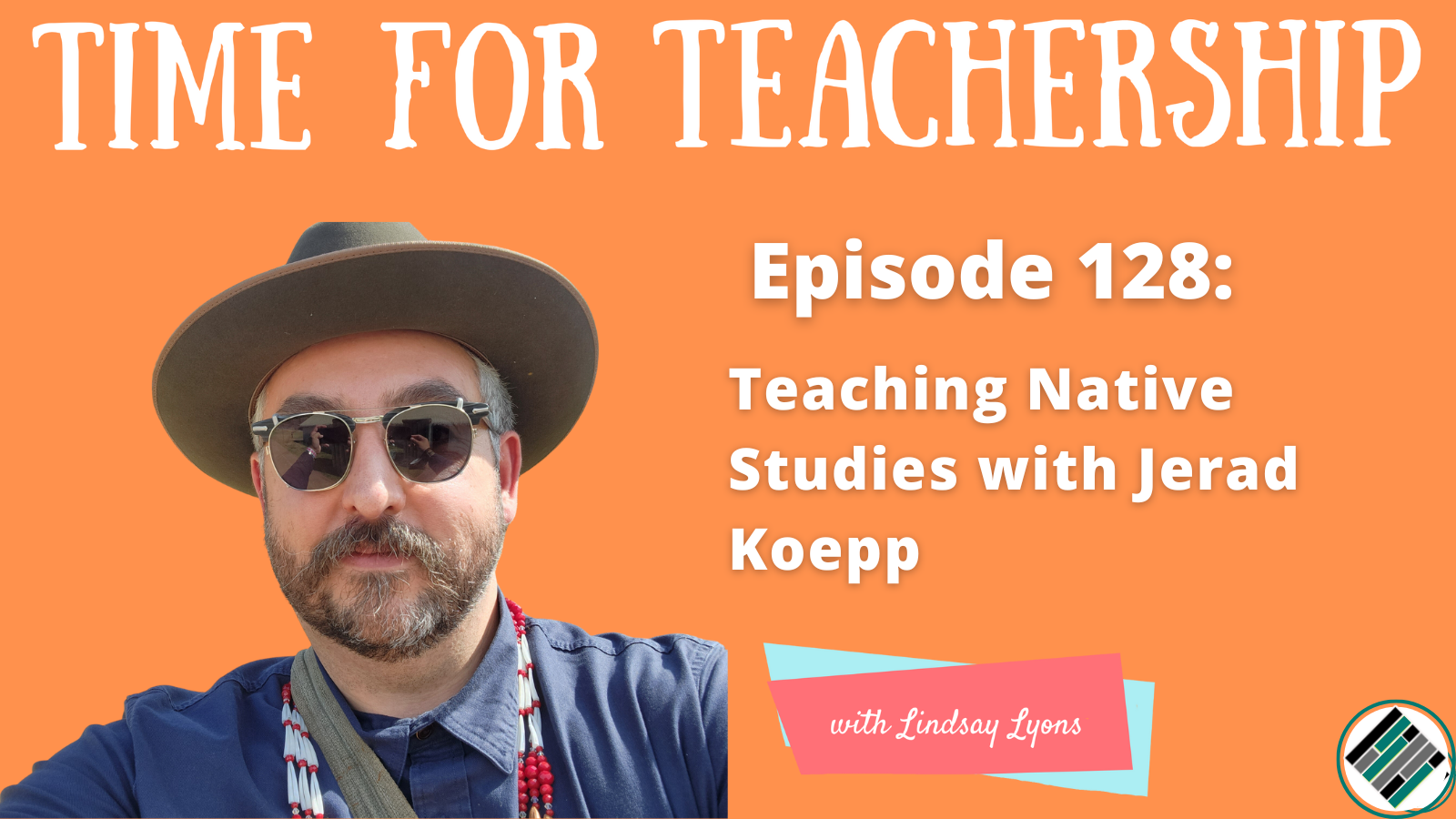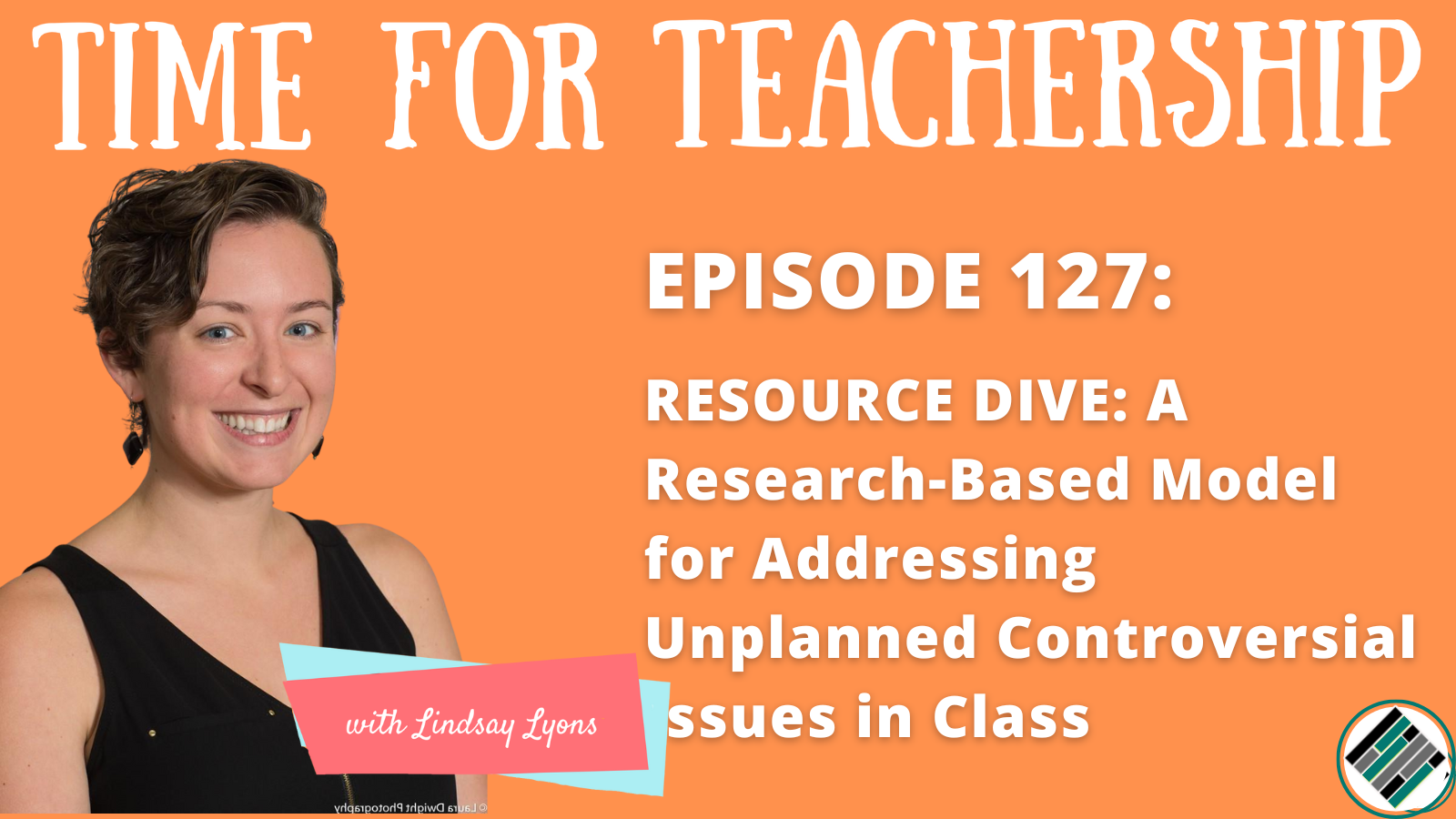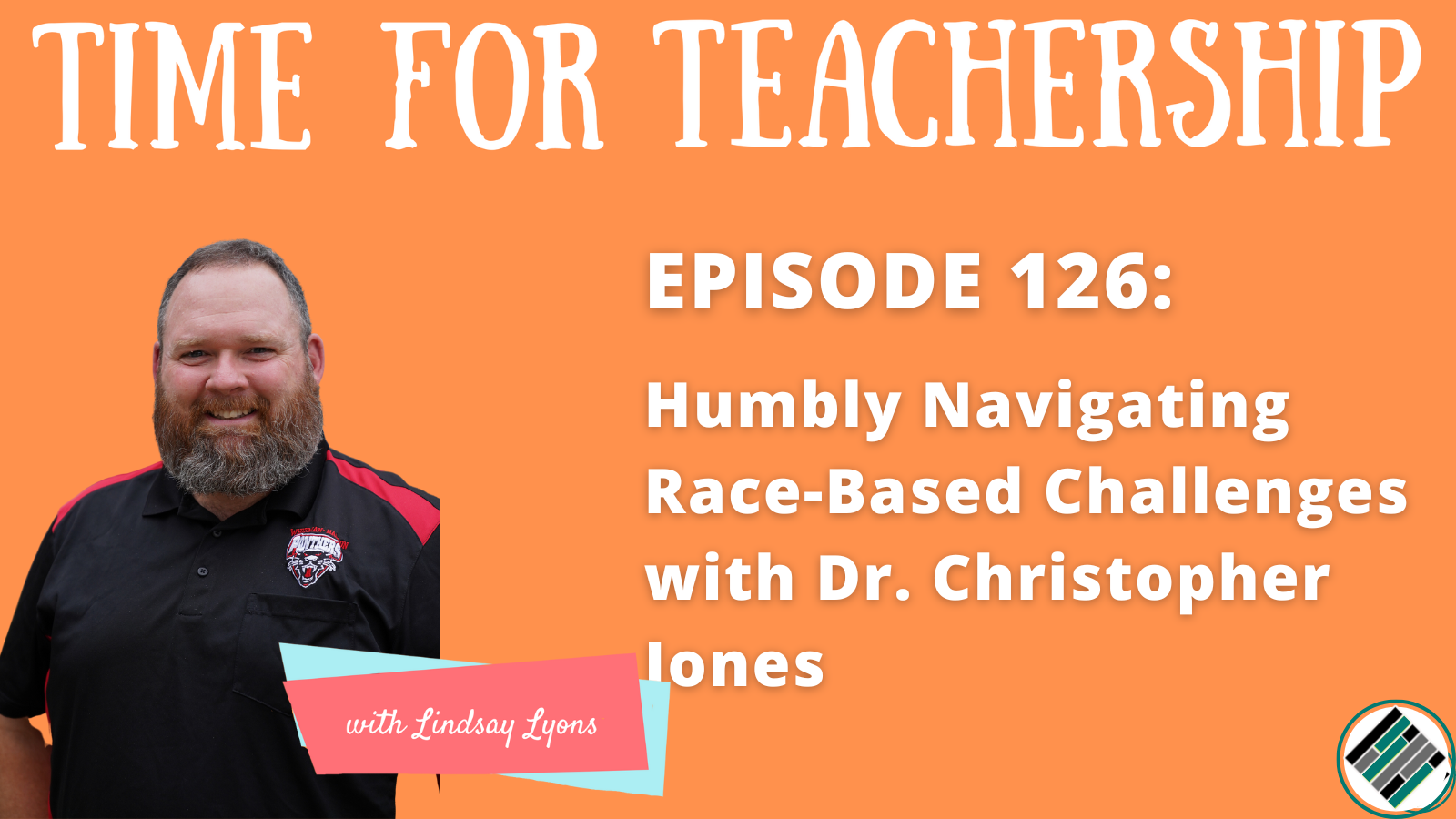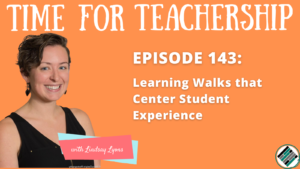
This episode walks through the steps of a practice in which instructional leadership teams can identify trends in pedagogy across classrooms. We’ll focus on how to collect data that centers student experience over teacher actions and what to do once the trends are identified.
Why?
We know from Hattie’s (2018) research that collective teacher efficacy has a bigger impact on student learning than anything other factor studied. Teachers, like students, are also more invested in what they co-create or choose for their own learning.
In a learning walk, a team visits several classrooms to identify team-wide or school-wide trends. Takeaways are shared out, highlighting strengths and successes and identifying a next step(s) to support an area of growth. The focus on broad trends instead of specific teachers’ skills lowers the stakes and fosters a culture of collective growth.
What are the steps?
- Form a team. To support shared leadership practices, invite students, families, and teachers. Ideally, the team will have a high ratio of youth:adults.
- Share or collaboratively define the purpose or focus area that will frame the learning walk.
- With that focus area in mind, co-create a “look for list” or experiential data list that participants will use to structure their observations and notes. To do this, invite participants to brainstorm what success in your focus area would look like, sound like, and feel like in a classroom. The observation criteria should focus on students’ actions and ideas more than teacher actions.
- Select about 3 classrooms to visit. Let host teachers know the focus area being studied and that the team is only looking for broad trends and will not be providing teacher-specific feedback.
- On the day of the learning walk, meet first as a team to review the experiential data list and remind participants to focus more on student actions than teacher actions. Optionally, you may choose to practice using the experiential data list with a video of teacher instruction.
- Visit the selected classrooms for about 15 minutes each, using the experiential data list as a focusing guide and/or note-catcher. With equity in mind, focus on student actions. Observe who participates and how. Pay attention to small group interactions—is aggression or affirmation present? When looking at teacher actions, pay attention to which students are invited to speak and to which students feedback is given (as well as the nature of that feedback).
- After each classroom visit, debrief in a short hallway huddle for a Notice and Wonder share out. Each person can share a piece of evidence they observed (something they Noticed) and a question they have (a Wonder).
- After all classes are visited, meet again as a team to debrief. You may want to suggest a protocol to support stakeholders who may be less familiar with data analysis. Co-create discussion agreements or review agreements the team created previously. As a group, synthesize takeaways to include strengths observed as well as an area for growth and 1-3 next steps to build capacity in that area.
- Share your synthesized findings with staff (either school-wide or just the teachers in the department you observed, depending on your team’s focus area.) Communicate the next steps that will be taken to support the area of growth and when those will occur.
Final Tips
- If students are unable to be present when the experiential data list is developed, ask students in advance what the team should pay attention to, specifically with regard to how in/equity is present.
- You may want to develop an experiential data list from an observation list you already use like Danielson.
- To practice using the experiential data list, you can find short videos like this online. EL Education’s Vimeo channel has several videos of teaching in action.
- When you co-create agreements for this group, consider equity of voice and stakeholder power dynamics. For example, you may want to include an agreement that each time an adult speaks, a student speaks next.
- As a team, commit to remind one another to focus on high-level trends rather than individual teacher practices throughout the process.
To help you implement Learning Walks in your school or district, I’m sharing my Learning Walk Protocol slide deck with you for free. And, if you’re looking for more details on the ideas in this blog post, listen to episode 143 of the Time for Teachership podcast. If you’re unable to listen or you prefer to read the full episode, you can find the transcript here.

